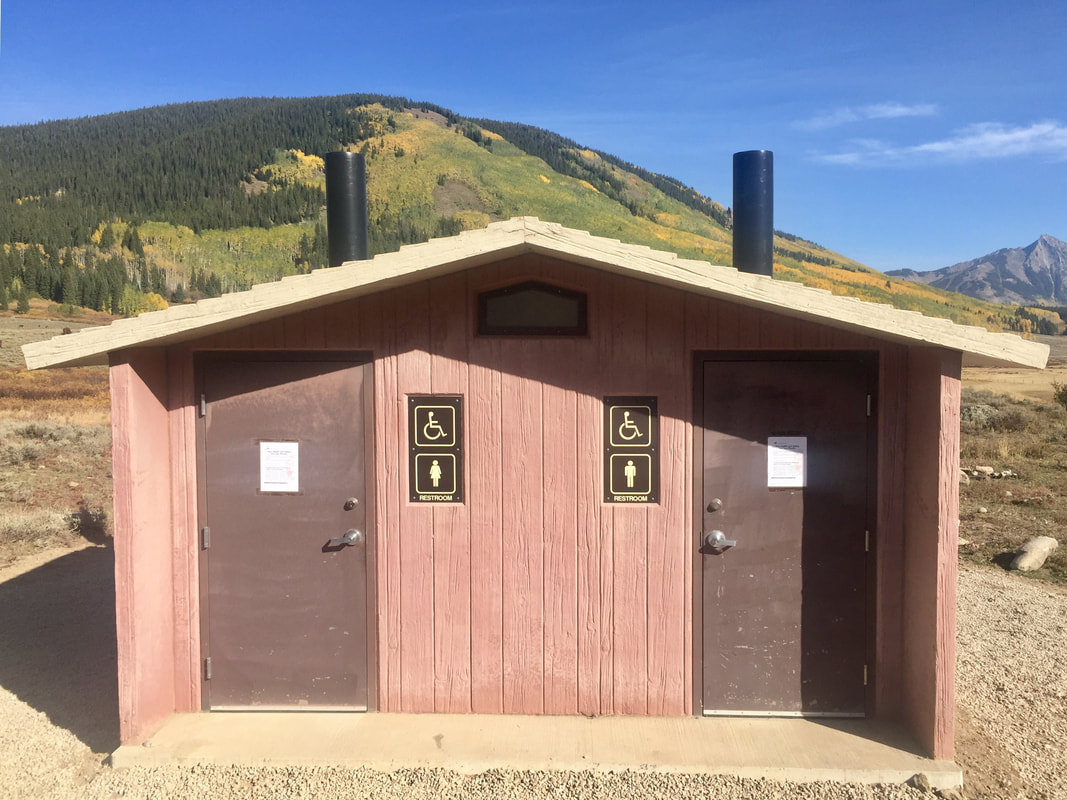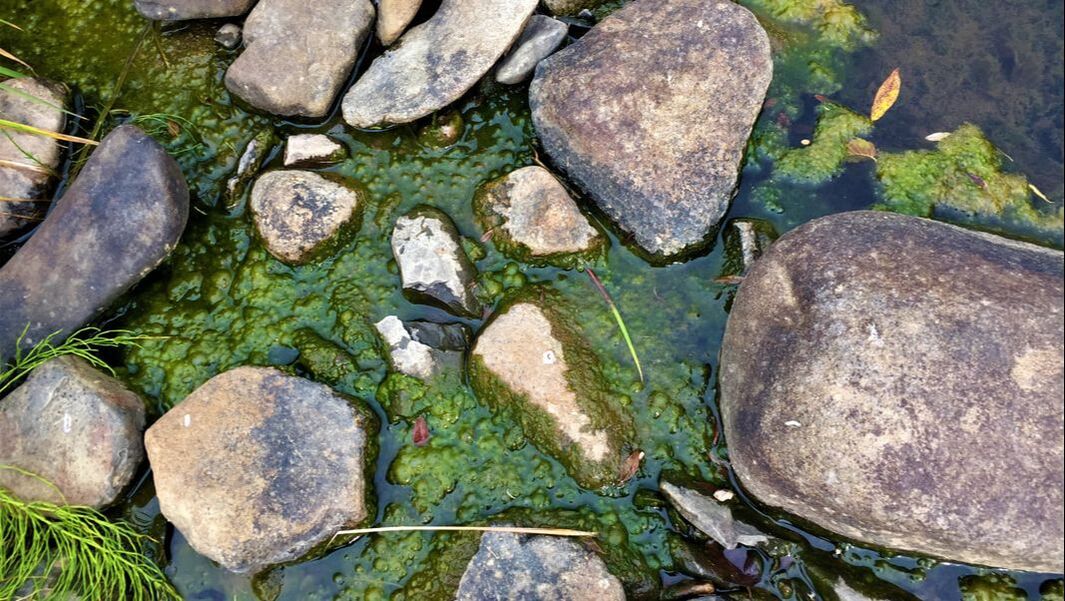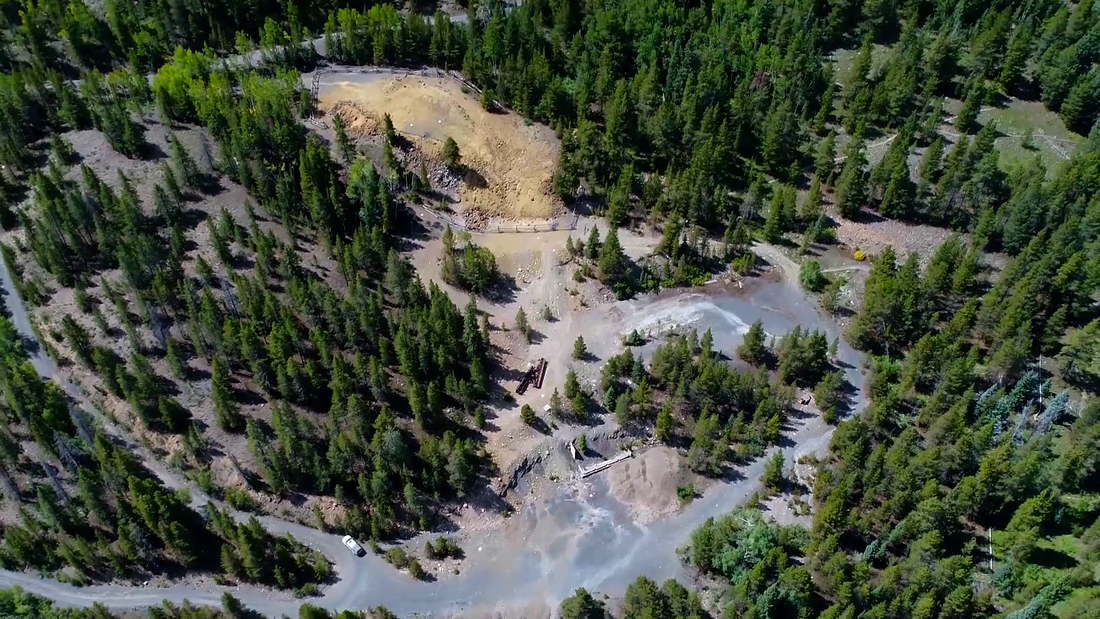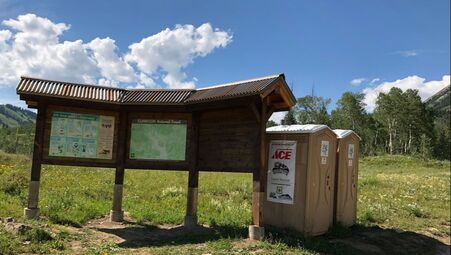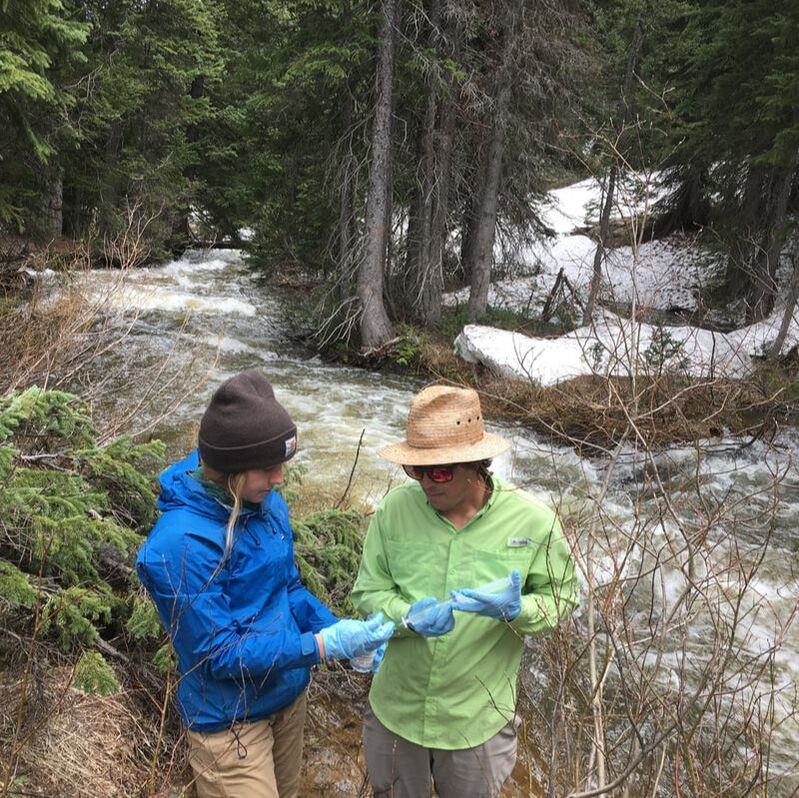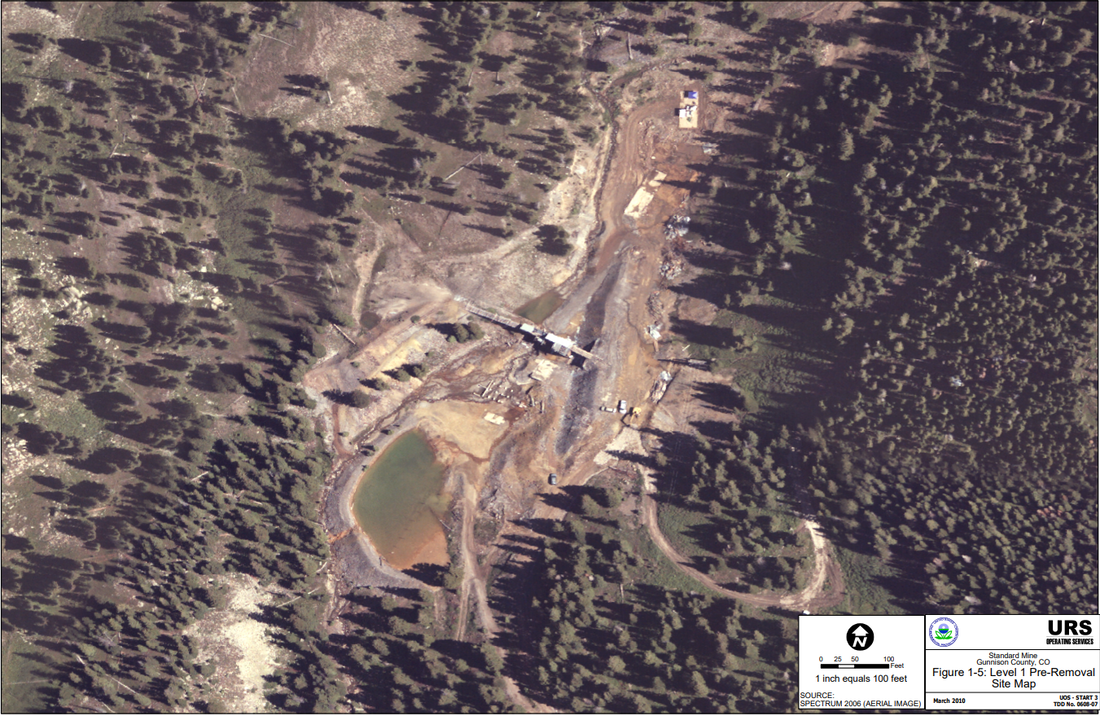aBOUT CCWC
Coal Creek Watershed Coalition (CCWC) is a nonprofit that was founded in 2004 to focus on water quality and address the community’s concerns about historic mines in the vicinity of Crested Butte, including the Standard Mine.
Our mission is to maintain, restore, and enhance the environmental integrity of Crested Butte's local watersheds to ensure those local watersheds and habitats are of the highest possible quality necessary to support wildlife, aquatic life, and human life.
Our mission is to maintain, restore, and enhance the environmental integrity of Crested Butte's local watersheds to ensure those local watersheds and habitats are of the highest possible quality necessary to support wildlife, aquatic life, and human life.
